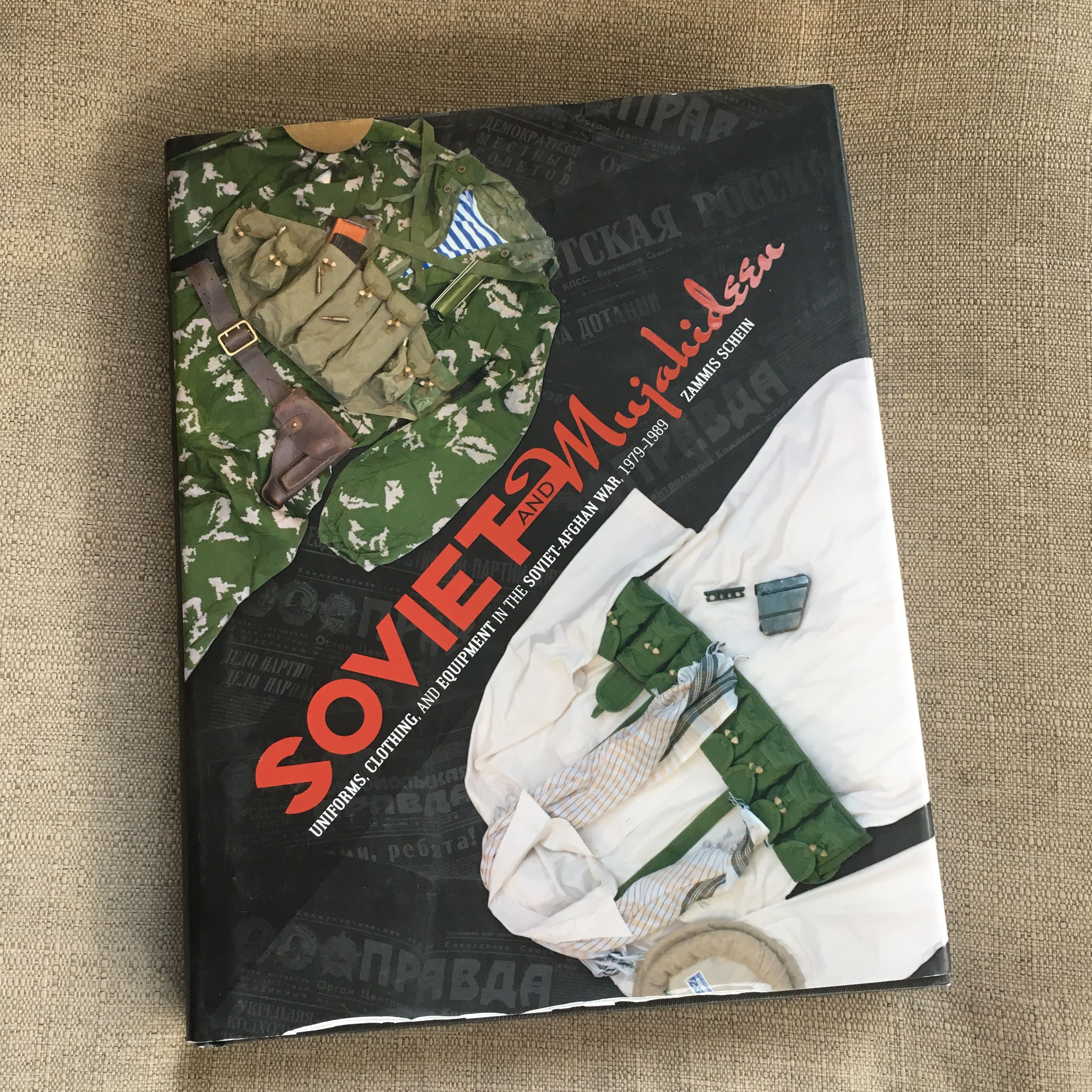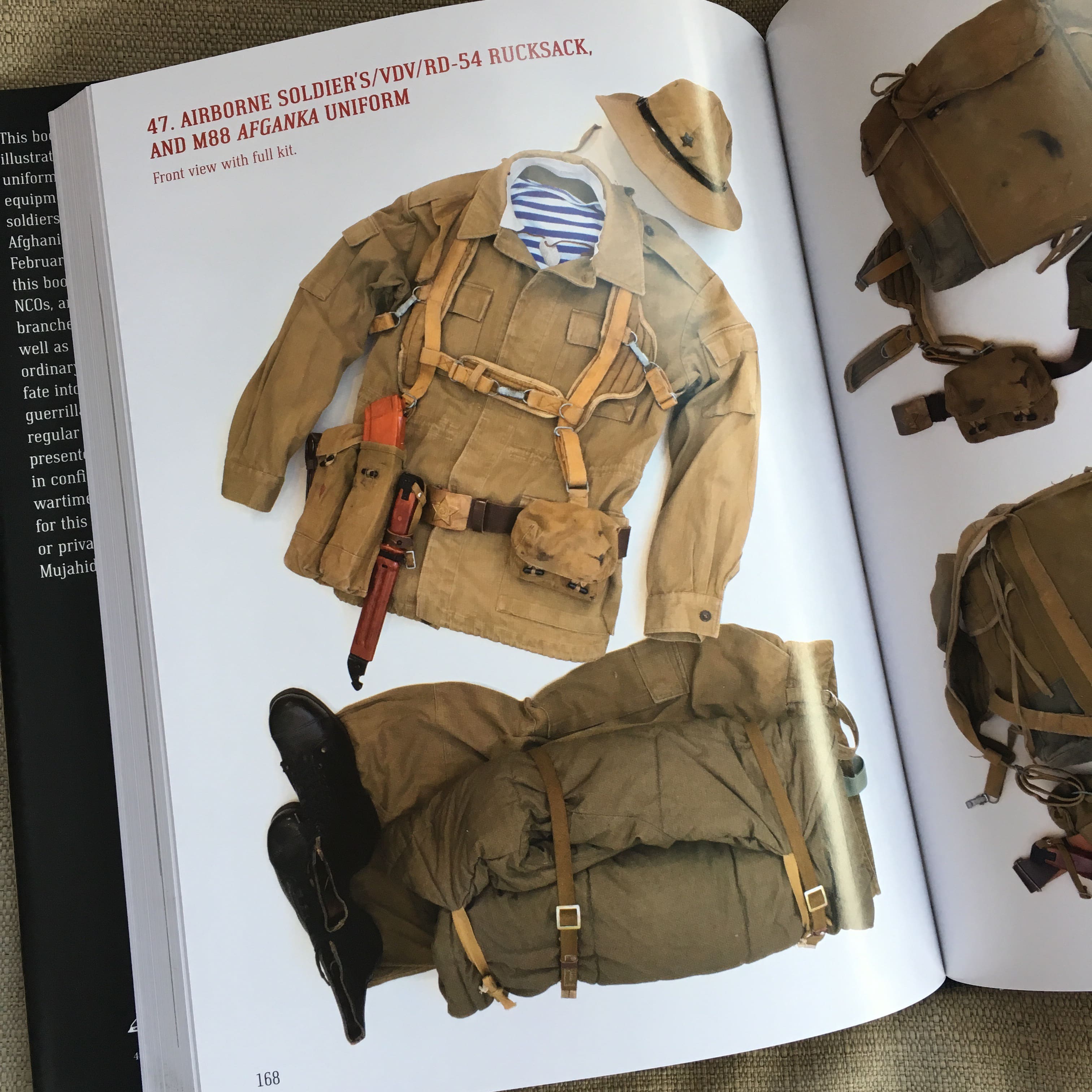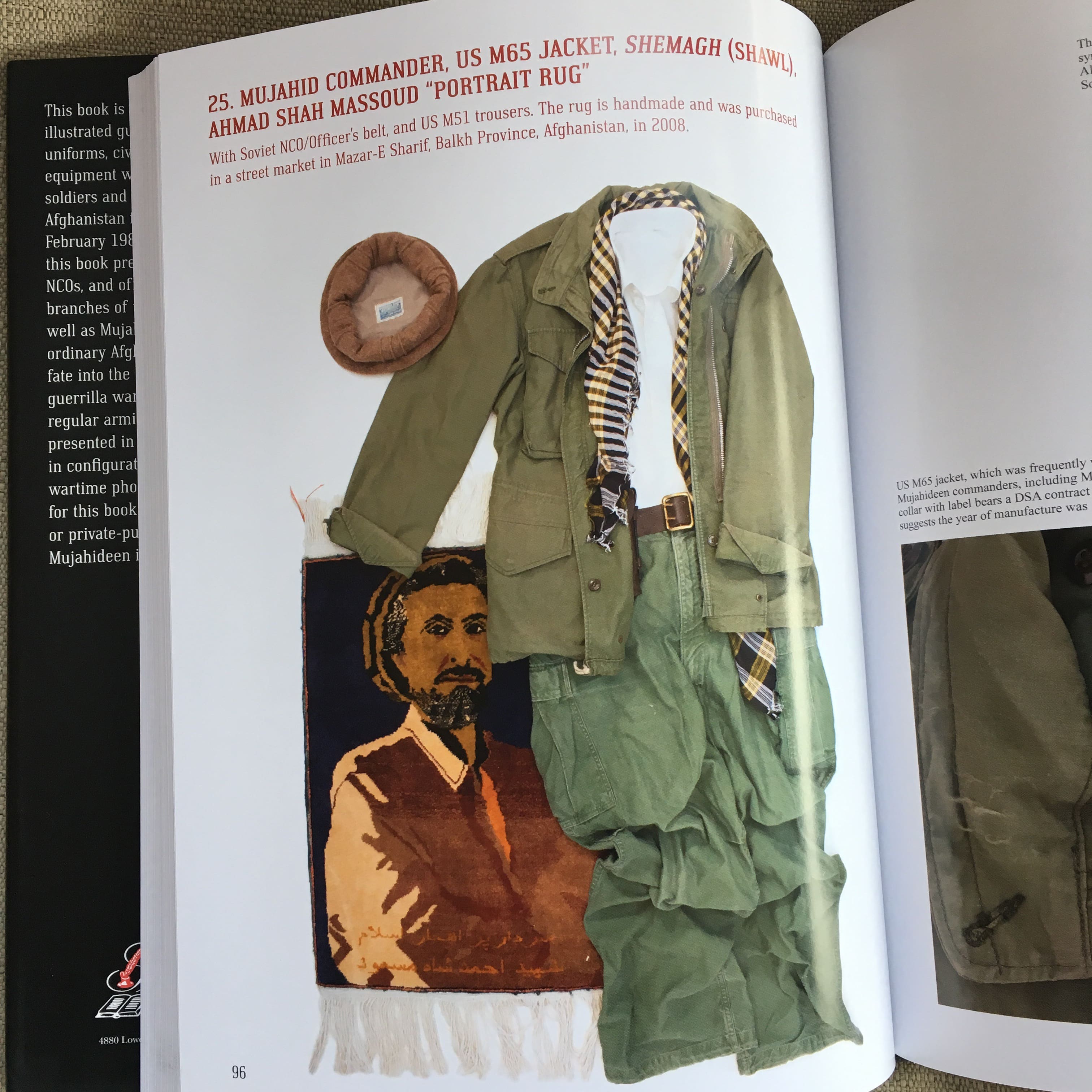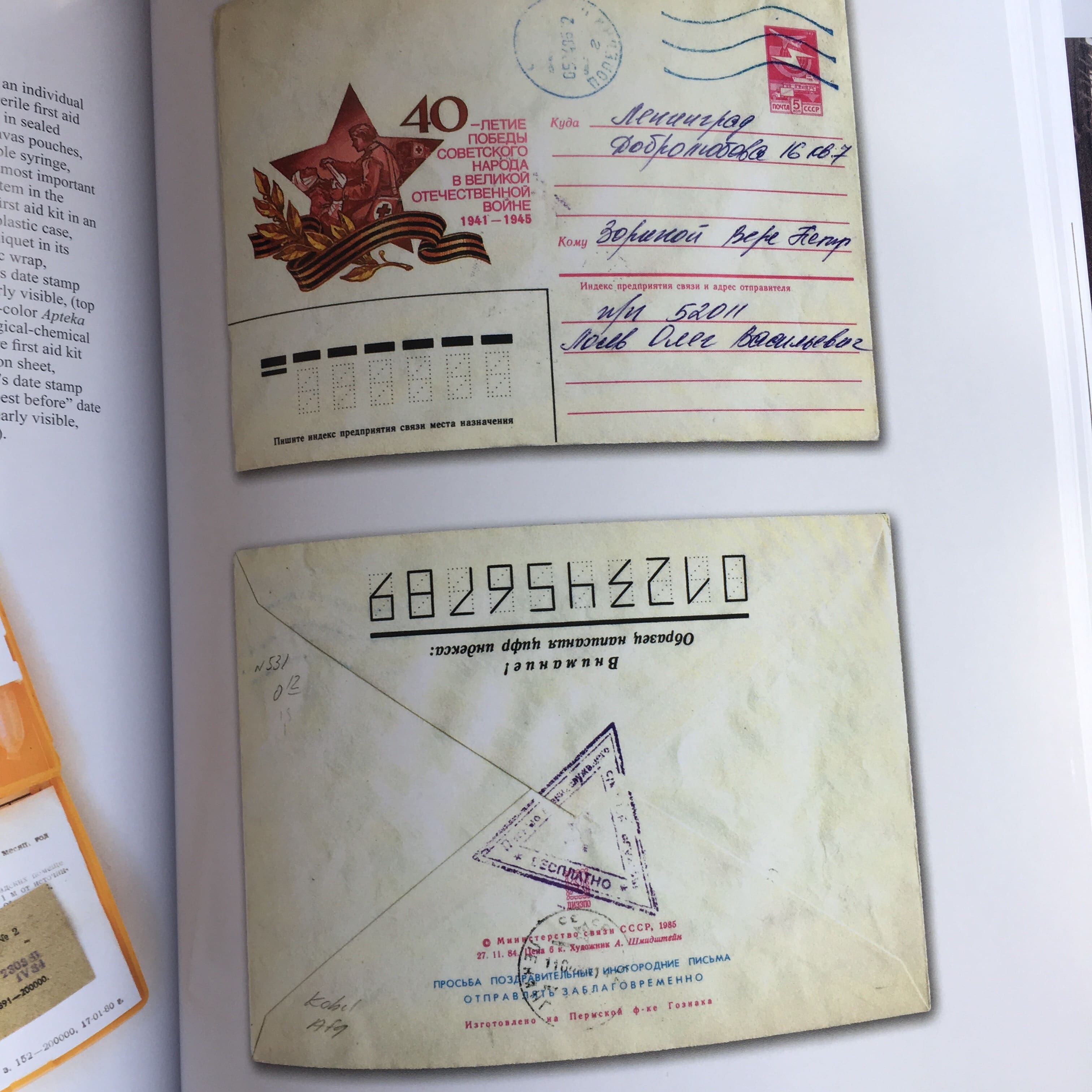Published in 2016, “Soviet And Mujahideen Uniforms, Clothing And Equipment Of The Soviet-Afghan War, 1979-1989” by Zammis Schein catalogs the author’s extensive collection of wartime artifacts.
The 500-page volume contains every conceivable variant of Soviet uniform, including armor crew, aircrew, infantry and spetznaz as well as women’s ensembles.
Mujahideen clothing has also been catalogued. Much of it will be quite familiar to those who have served in Afghanistan. In fact, that’s where the author began his collection, while working as an interpreter.
The collection is certainly impressive and includes inert models of the infamous PFM-1 “Butterfly” landmine.
Additionally, the author has included pocket litter such as ID cards, letters and other ephemera.
The book has value as a reference document but I wish it had also featured the historical images depicting the equipment in use which were used by the author to validate the items.
You can get your copy from www.amazon.com.







Those butterfly mines were a good way to lose a foot..
One of my guys almost lost a foot to one, they are still all over small spots of high ground along MSR’s in the East, luckily the one he hit was delayed.
The PFM-1s were wicked for a variety of reasons, not because of the explosive or dispersal methods which were both highly effective, but because of the low amount of metal used making them almost impossible to detect with mine sweeping equipment. Add in the varying amounts of pressure, with some being much more sensitive than others (this was relayed to me by someone operating in a direct capacity back then), and they were wicked.
I think it is also worth mentioning the Soviets were planting IEDs inside toys and dropping them in that time frame, so the lore of children mistaking these for toys gets blurred a bit IMHO. I’m not saying the natural curiosity of children didn’t extend to these being played with, but there was certainly dirty pool being played.